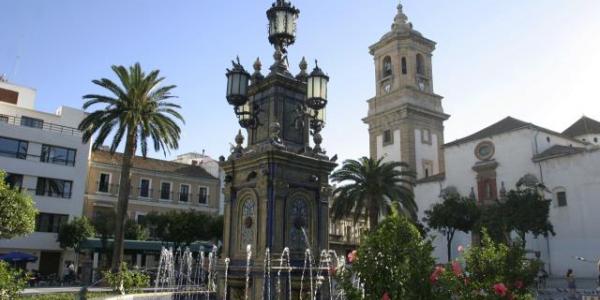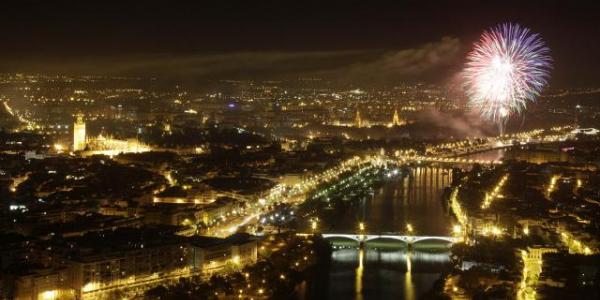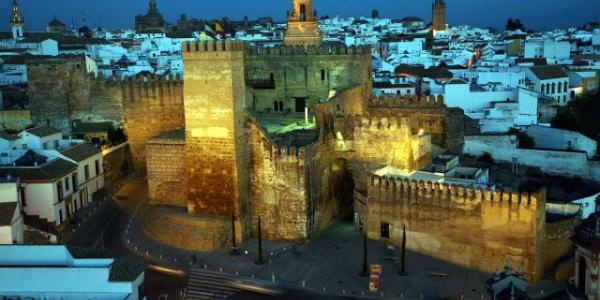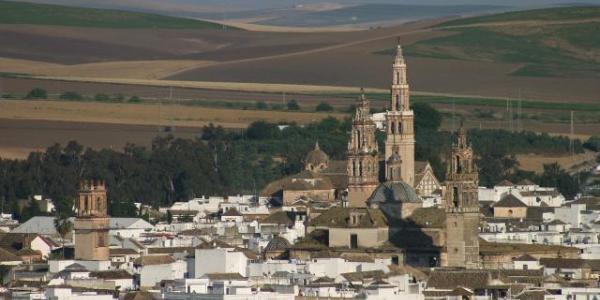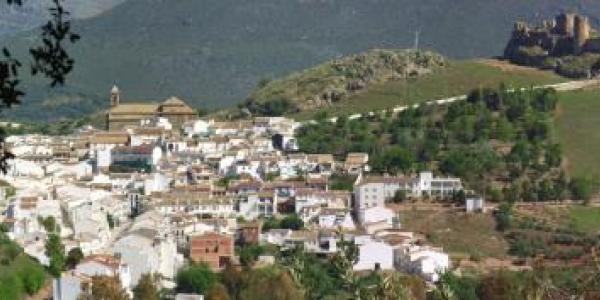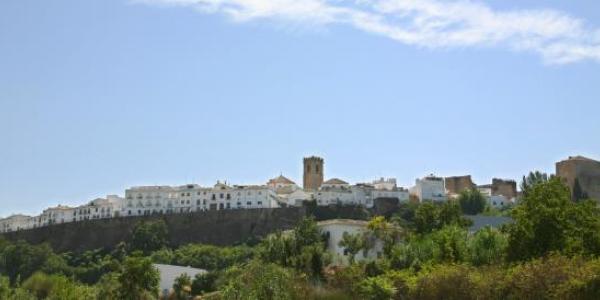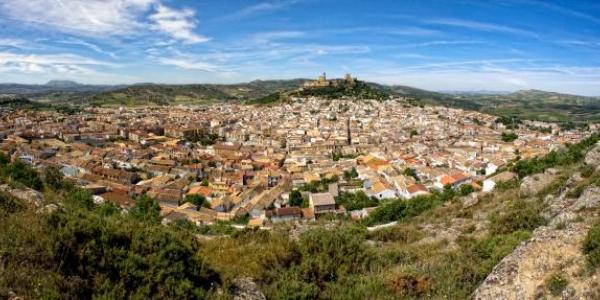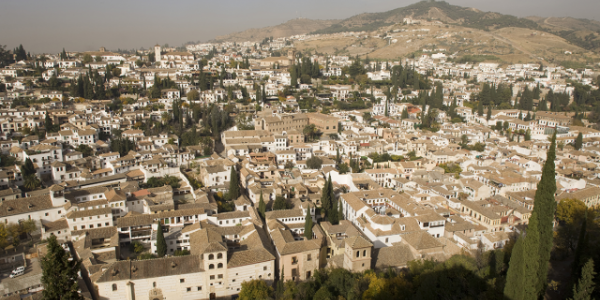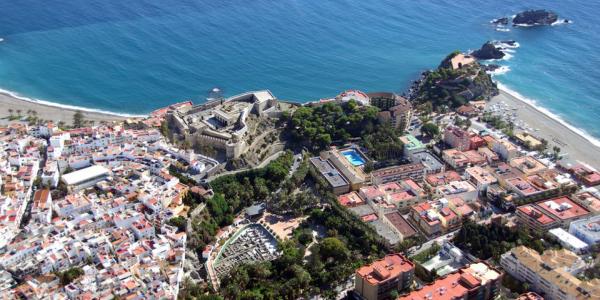The Alhambra and Generalife

The access to one of the most beautiful buildings in the world is through Cuesta de Los Gomérez, that starts in Plaza Nueva and climbs sharply through small shops to Las Granadas (pomegranates) gate. This Renaissance entrance, by Pedro Machuca, marks the limits of the grounds of the Alhambra (meaning the red one), on the Sabika hill, opposite the Albayzin district and the Alcazaba Qadima.
When the Nasrids set up their kingdom in the 13th century, the first king decided that his residence was to be in the same place as the Alcazaba. This fortress was rebuilt and the palace was begun, to be continued by his descendants. Yusuf I and his son Muhammad V are responsible for most of the buildings that can be visited nowadays.
The palace and gardens of Generalife –Gennat al-Arif, “Garden of the Builder”–, stand in front of the Alhambra, slightly higher up. The entry to the central building is through a courtyard and inside it we will find the famous Patio de la Acequia, the Sala Regia (Regal Hall), the gardens and the original Escalera del Agua (water stairs).
Between Puerta Real and the Gardens of El Triunfo

Between both places there is a remarkable mixture of cultures: al-Andalus, Renaissance and Baroque combine to give us a view of art and history. Near El Carmen square where the City Hall is housed, stands the Corral del Carbón. The façade has a pointed horseshoe arch that opens on to a courtyard with paving stones and arcades and large aisles that were used for travellers and tradesmen. On the other side of Reyes Católicos street, Zacatin street opens up right in the centre of Granada. Its meaning is ‘clothes market’ where almost everyone had a stand: second-hand clothes merchants, silversmiths, shoe shops, dyers and leather workmen. The street comes out in Plaza de Bib-Rambla, where all the Muslim fishmongers and butchers plied their trade.
The Archbishop’s Palace backs on to this square, and so does the Alcaiceria, once the silk exchange and now the market for local crafts. A fire burnt it all down in 1843, but it was rebuilt later on. The Madrasa, the ancient school of Arabic studies, stood in Oficios street and was founded by Yusuf I in 1349 It is one of the loveliest buildings in Granada. Isabella and Ferdinand used it as the Chapter house from 1500 on and there is still the oratory of the Muslim building. The Royal Chapel stands in front, in flamboyant Gothic style, built by Ferdinand and Isabella, who wished to be buried in Granada and there they have lain, side by side, to be joined later by their daughter Juana la Loca and her husband Philippe le Bel. The Cathedral was begun on March 25, 1523, and stands wall to wall with the Royal Chapel; it is Diego de Siloé’s huge Renaissance masterpiece and it was not finished until 1667; the main façade, Baroque, is due to Alonso Cano.
From Campillo Bajo to Alcázar Genil

From El Campillo Bajo square in the centre of town, visiting the 1752 palace of Bibataubín and the nearby Cuarto Real de Santo Domingo, a 13th century Nasrid building, the way leads upwards through characteristic districts such as El Realejo, between Campo del Príncipe and the Genil river; La Antequeruela, behind the church of San Cecilio, until the neighbourhoods of El Mauror or La Judería are reached.



